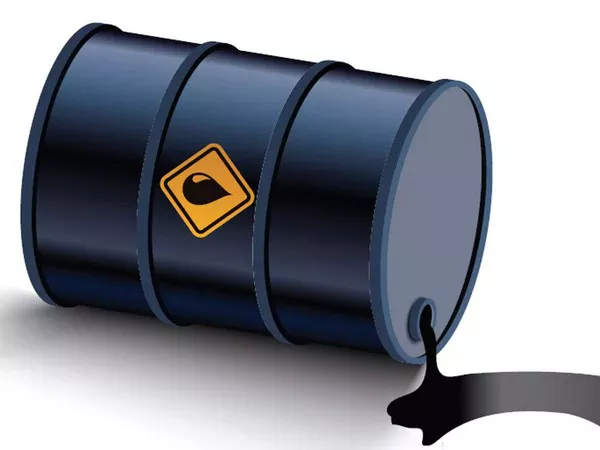LONDON, June – Oil prices retreated on Thursday after surging to more than a two-month high, as investors digested geopolitical developments in the Middle East and looked ahead to critical U.S.-Iran talks scheduled for this weekend.
Brent crude futures slipped 73 cents, or 1.1%, to $69.04 a barrel by 0901 GMT, while U.S. West Texas Intermediate (WTI) crude fell 66 cents, or 1%, to $67.49.
The pullback follows a sharp rally on Wednesday, when both benchmarks climbed more than 4% to reach their highest levels since early April, amid mounting tensions between the United States and Iran and warnings over potential military escalations in the Gulf region.
U.S. Moves Personnel Amid Escalating Tensions
U.S. President Donald Trump confirmed on Wednesday that the United States was repositioning personnel out of the Middle East, citing rising threats in the region. “The Middle East could be a dangerous place,” Trump said, reiterating that the U.S. would not permit Iran to develop a nuclear weapon.
These developments come ahead of a high-stakes meeting on Sunday in Oman, where U.S. Special Envoy Steve Witkoff is expected to meet with Iranian Foreign Minister Abbas Araghchi. The talks aim to address Tehran’s uranium enrichment activities and respond to a U.S. proposal for a nuclear deal framework.
Iran maintains that its nuclear program is purely peaceful, but its enrichment activities have drawn scrutiny. On Thursday, the International Atomic Energy Agency’s (IAEA) Board of Governors found Iran in breach of its non-proliferation commitments for the first time in nearly 20 years—a move that could escalate the matter to the U.N. Security Council.
Strategic Chokepoint in Focus: Strait of Hormuz
The oil market remains particularly sensitive to any threats involving the Strait of Hormuz, a narrow but vital waterway that handles around 20% of global oil traffic.
“For the oil market, the absolute nightmare is a closure of the Strait of Hormuz,” said Arne Rasmussen, analyst at Global Risk Management. “If Iran blocks this narrow chokepoint, it could affect up to 20% of global oil flows.”
Britain’s maritime security agency issued a stark warning on Wednesday, advising vessels to exercise extreme caution while navigating the Gulf, the Gulf of Oman, and the Strait of Hormuz due to the heightened threat of military escalation.
U.S. Orders Partial Evacuations in the Region
In a further sign of deteriorating stability, the United States is preparing a partial evacuation of its embassy in Iraq and has authorized the departure of military dependents from several Middle Eastern locations, including Bahrain. The decisions follow reports from U.S. and Iraqi officials citing elevated security risks.
Iraq, a crucial member of OPEC and the group’s second-largest producer after Saudi Arabia, is considered particularly vulnerable if regional tensions worsen.
Oil Prices Retreat After Technical Resistance and Optimism Over Talks
Despite Wednesday’s sharp rally, Thursday’s decline suggests traders are cautious heading into the weekend’s diplomatic talks. Technical resistance levels have held, and some investors appear to be pricing in the possibility that Sunday’s U.S.-Iran meeting could defuse current tensions.
“Prices weakened after hitting key resistance,” said Kelvin Wong, senior market analyst at OANDA. “There’s also optimism in some quarters that dialogue could reduce geopolitical risk, at least temporarily.”
However, the situation remains volatile. Iran’s Defense Minister Aziz Nasirzadeh warned on Wednesday that Iran would strike U.S. military bases in the region if talks fail and a conflict begins.
Outlook: High Stakes for Energy Markets
While oil prices eased Thursday, the underlying geopolitical risks remain elevated. With the U.S. and Iran moving closer to a diplomatic flashpoint, market participants will be closely watching Sunday’s meeting in Oman for any breakthrough or signs of escalation.
Any disruption to oil flows from the Middle East, particularly through the Strait of Hormuz, would likely trigger a sharp price reaction, potentially adding renewed inflationary pressures to a global economy already grappling with geopolitical shocks.


